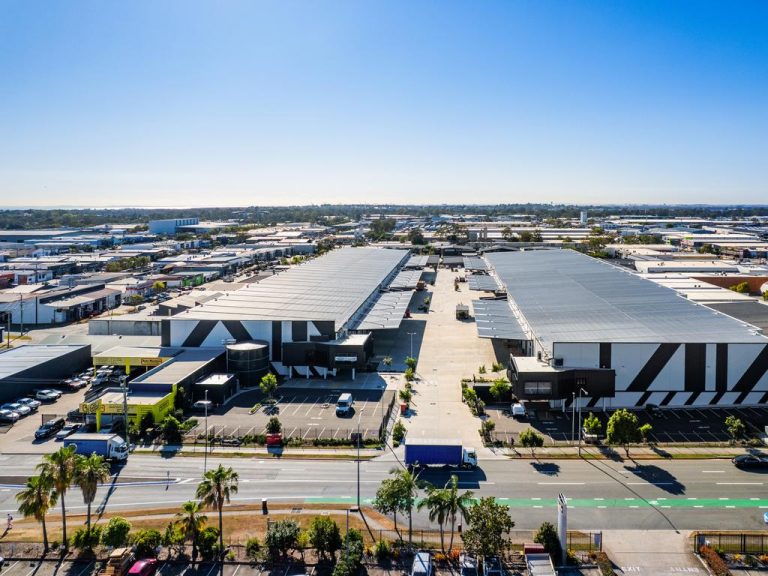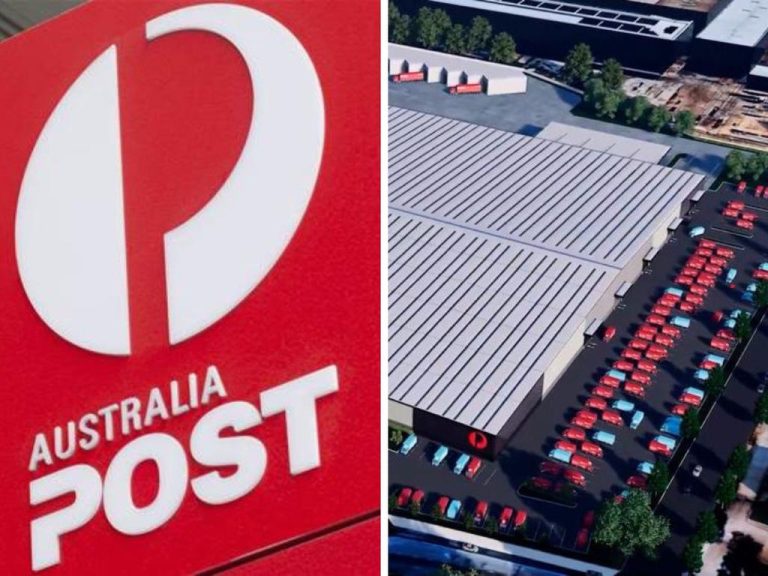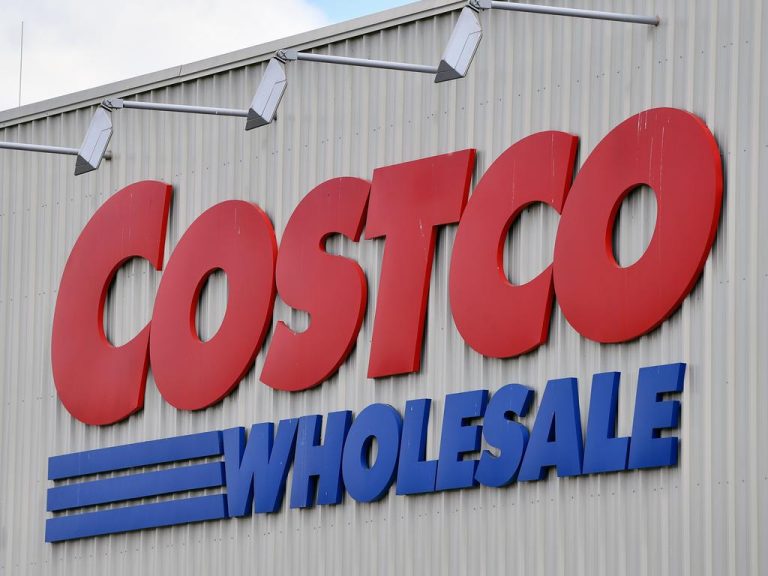Rising up: Offshore surge drives market recovery
A bounce-back in investment sales volumes has begun as commercial property investors react to the big pricing shifts in the market with a mid-year surge in deal-making putting it back on track.
After being battered by interest rate rises and softer economic fundamentals, investors are now buying into major capitals, with the action led by offshore players.
While they have focused on big-ticket office deals, activity is now picking up in more sectors as markets come through a trough in values.
Investment into Australia’s office, retail and industrial markets topped $7bn in the second quarter as foreign investors bought into large towers and industrial parks traded.
Preliminary sales volumes figures by JLL Research show investment in the three commercial sectors was 60 per cent higher than the first quarter of 2024. This was delivered by a jump in office markets, as $2.7bn of deals were struck and investors poured $3bn into the industrial sector.
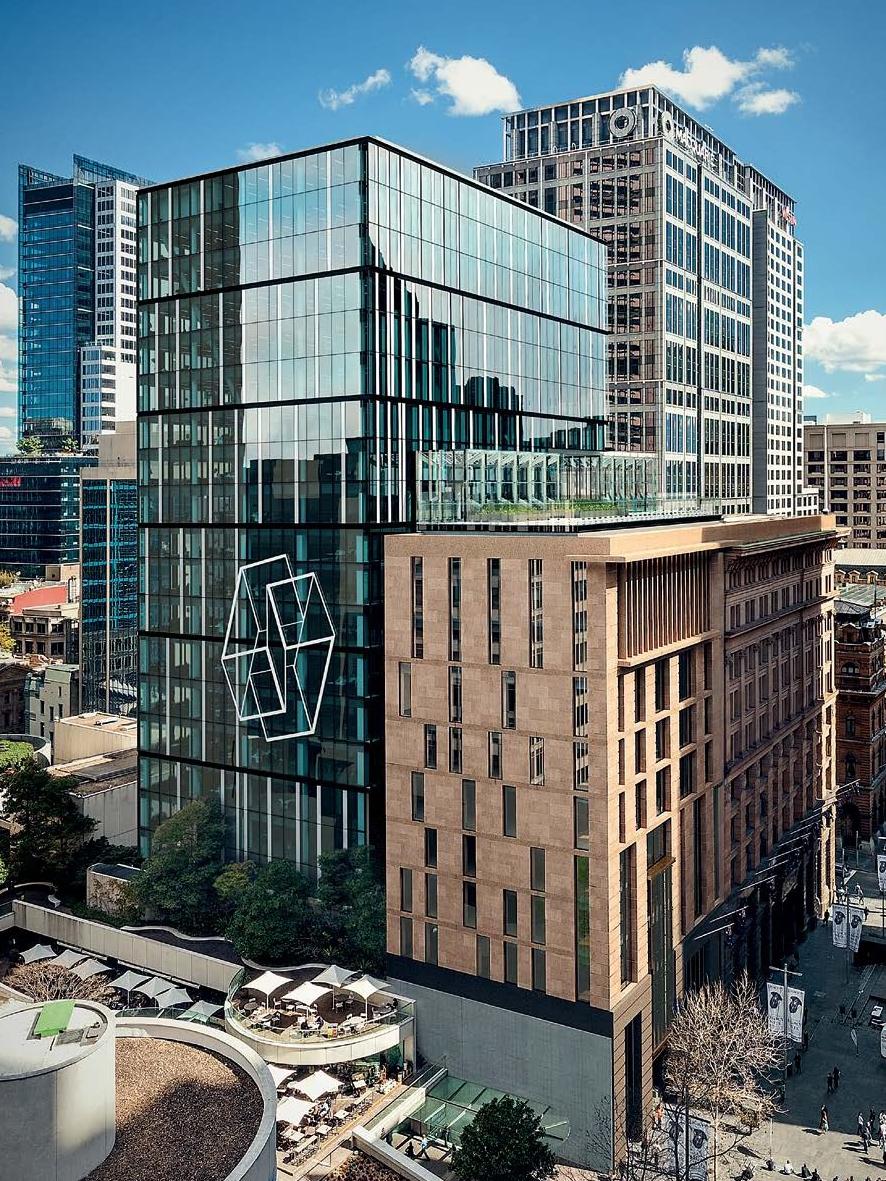
Cbus Property is buying out its co-owners in 5 Martin Place, Sydney.
Sydney led the way, with Mirvac selling a two-third stake in the planned $2bn 55 Pitt St tower to Japan’s Mitsui Fudosan, while Cbus Property bought a half interest in 5 Martin Place.
Other long-running deals, including Quintessential’s purchase of 240 Queen St in Brisbane and Barings buying 40 Miller St in North Sydney, also got done.
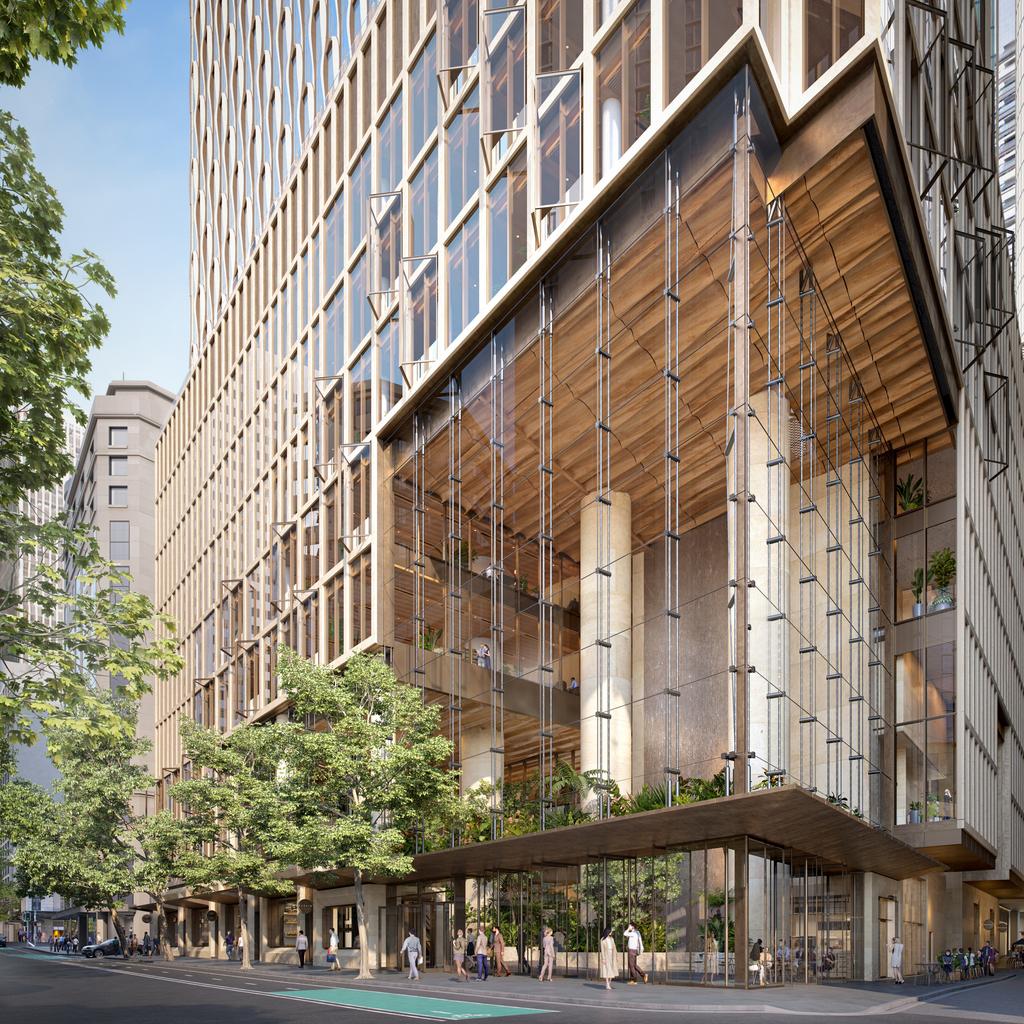
An artists impression of Mirvac’s 55 Pitt St development.
Offshore buyers took the largest share of Australian commercial property market sales, as they splashed out $2.8bn in the first half of 2024, compared with $3.2bn for all of last year. Private capital is also swooping, and was behind about $2.25bn worth of purchases, while superannuation funds invested $1.96bn.
“We’re encouraged by the activity in the first half and that it reflects the start of a rebound in capital markets activity,” JLL head of capital markets Australia and New Zealand Luke Billiau said.
“Given the typical skew towards the second half of the full year calendar, we estimate approximately $28bn of total volume in 2024, which would be up notably from $19.4bn in 2023 and close to the long-term average of around $31bn.”
He said the jump in sales in the second quarter reflected the ongoing appetite for industrial assets, more price discovery and updated valuations in the office sector, which helped to close the bid-ask gap.
“We need to start getting comfortable with uncertainty. The global macro environment certainly still has some challenges that are weighing on investors. Still, risks are being priced in and more groups are starting to look to Australia for stability, growth and interesting investment opportunities,” Mr Billiau said.
He said sales in the half were driven by Australian listed and unlisted funds divesting assets, with offshore investors making a plunge into the sector, such as Singapore’s Keppel REIT buying a half-stake in 255 George St in Sydney and Barings teaming with REST to buy a $780m industrial portfolio from Goodman.
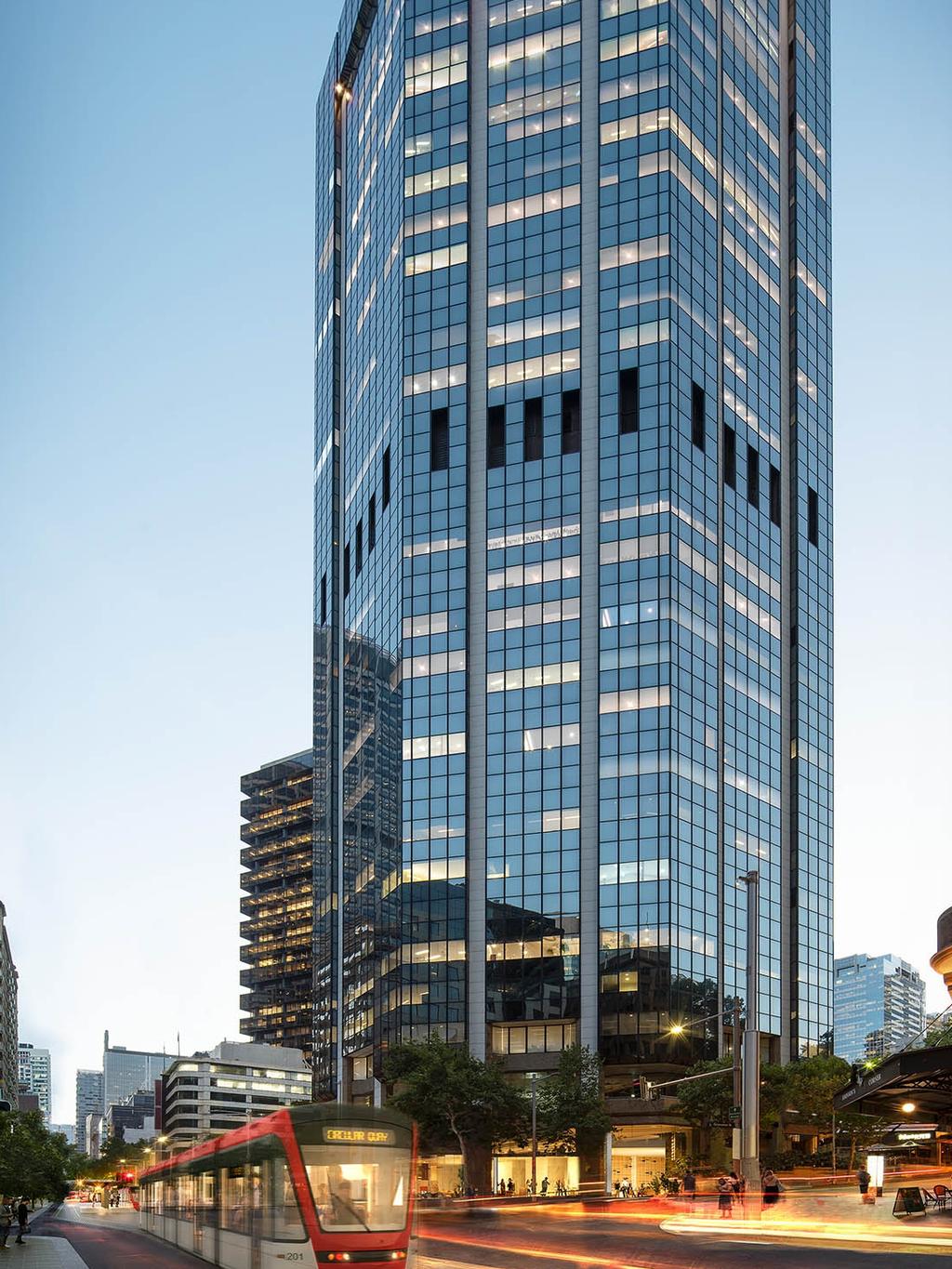
Mirvac won a buyer in Keppel REIT for an interest in 255 George St.
“Although retail investment was somewhat subdued in the first half, the outlook remains positive, given a change in institutional sentiment towards the sector and a pipeline of transactions that will likely contribute to volume in the second half of the year,” he said.
CBRE head of office and capital markets research Tom Broderick said transaction volumes increased by 8.6 per cent in the first half of 2024, compared to the same time last year, to about $11.84bn.
He called out the improvement in office and retail sectors, which he said were starting to look more attractive given the repricing which had occurred since interest rates had increased — and vendors had been more willing to meet the market.
“Sales campaigns have taken far longer than normal over the past 18 months, but this might change with more consensus on pricing,” Mr Broderick said. “In addition, property is starting to look relatively cheap compared to other asset classes like equities. This might mean more flows towards commercial property.”
Agents are cautiously optimistic about the shift in sentiment.
CBRE head of capital markets Pacific Flint Davidson said the trading data points would assist with buyer conviction and depth, “leading to increased volumes over the next 12 months for major trades”.
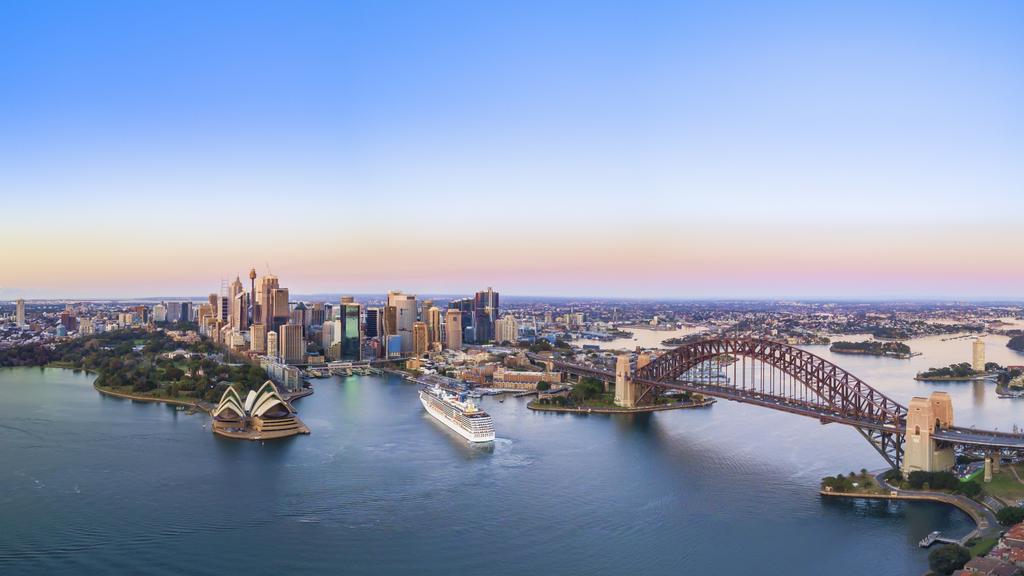
Yields have been unchanged for the first time since the first quarter of 2022 in the gateway office market of Sydney.
He said: “Don’t expect deal time frames to improve anytime soon though — it will still take far longer than it should to get deals done.”
Knight Frank chief economist Ben Burston said prime yields were stable for the first time since the first quarter of 2022. “This is significant and indicates that sentiment is settling down,” he said.
In the gateway office market of Sydney, he said yields were unchanged in the second quarter for the first time since the first quarter of 2022. But, he noted book values had lagged market sentiment and were still adjusting.
Knight Frank national head of institutional sales and capital advisory Ben Schubert said there had been a threefold improvement in the volume of transactions across the eastern seaboard for the month of June when compared with the rest of the calendar year to date.
“Ongoing interest from Singapore and Japan is now being complimented by Malaysia, South Korea and some European groups with the general consensus that the next few quarters will play out as the ideal time for counter cyclical investment, particularly in the core plus and value add space,” he said.
Colliers national director research Australia Joanne Henderson highlighted the bounce-back in industrial property, saying fund managers had raised a lot of capital over the past few years and had been waiting to place it.
“The buyer-vendor gap has definitely got to that point where now that capital that wants to be placed in industrial is starting to really take action,” Ms Henderson said. “It’s just been a case of the debt markets and what’s been happening across the property investment landscape.”
Colliers also sees more activity in offices, with Sydney leading the way through the cycle. Deals are being struck at a 15-20 per cent drop on peak book values and the researcher believes we could be close to the market trough.

